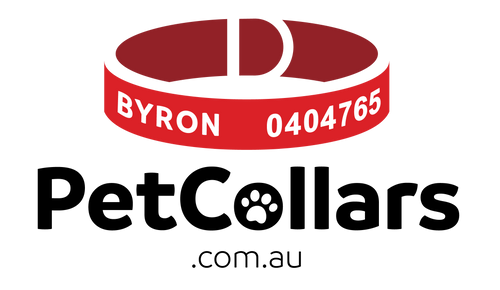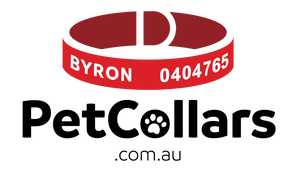This article is a bit of a follow on from our last issue where most of the articles were focused around Pet Health. One subject we had readers message us for following issue two, was some information regarding Pet CPR and Resuscitation.
It pains me to think how distressing it would be to see your fur buddy collapse and stop breathing, so knowing CPR might be the thing that saves them, god forbid you ever find yourself in a situation where you need to use it.
Cardiopulmonary Resuscitation (CPR) for pets is a little different to what you might know about CPR for Hoomans. There is no mouth to mouth element, instead you breathe through their nose to fill their lungs with air, those with slobber dogs will be happy to hear that!
But it is important to note two things, firstly CPR isn’t a fix for any medical issue, it would be administered as a life saving tool until a Vet is present. Secondly, please don’t practice what you will learn reading this article. Performing CPR on your pet when it doesn’t need it can cause injury or in the worst case death.
So learn it, know it and hopefully you will never need to use it.

Step 1. Check Vitals
- Is your pet breathing?
- Look for visible signs of a rising and falling chest.
- Check their gums, white, grey or bluish color indicates poor circulation or lack of oxygen.
- Do they have a pulse?
- Check the femoral artery, this is located on the inside of their hind leg, toward the top.
- You can also feel for a heartbeat on your pet’s chest, behind the elbow on their left front leg.

If your pet does not have a heartbeat, you need to do CPR.
If your pet is not breathing, you will need to use Artificial Respiration.
And if your pet is not breathing AND does not have a heartbeat you will need to do a combination of both.
This all needs to happen as soon as Hoomanly possible too.
If breathing stops for upwards of 3 minutes the chances of survival for your fur buddy is slim.
Animal CPR
- Lay your pet on its right hand side, with their head and neck gently extended straight.
- Place your left hand under your pets chest where the heart is situated.
- Place your right hand on your pet's chest where the heart is situated.
- With the heel of your right hand, press in firmly to squeeze their chest wall over the heart to stimulate cardiac activity. For small dogs and cats use your fingers and thumb. Place your fingers underneath the chest and compress the heart between your fingers and thumb.
- Compress the chest wall firmly at a rate of 2 compressions per second. For small dogs and cats compress the chest wall gently but sufficiently enough to compress 1/3 to 1/2 the chest wall. If breathing for your pet as well, administer 1 breath every 6 seconds. Recheck signs of life regularly whilst performing CPR.
- Transport to vet immediately. If you have a driver, continue CPR while in transit if required.

Artificial Respiration
- Lay your pet on their right hand side.
- Check for any obstructions in their mouth or throat.
- Gently pull the tongue out of the mouth as far as it will comfortably go.
- Gently hold your pet’s mouth closed without hurting its tongue.
- Cup your hands around their nose.
- For small pets, cover the pet's mouth and nose with your mouth and gently blow into the nostrils and mouth until the chest rises.
- For larger pets, cover your pet's nose with your mouth while holding their mouth closed to reduce air escaping and gently blow into the nostrils until their chest rises.
- Adjust the strength and volume of your blowing for the size of your pet (enough to see their chest rise).
- Blow every 3-5 seconds for the first minute, check your pet after a minute to see if breathing has restarted and if there is a heart beat.
- Continue a breath every 6 seconds, regularly check your pet for signs of life.
- Transport to a vet immediately, if you have a driver continue artificial respiration while in transit if required.


